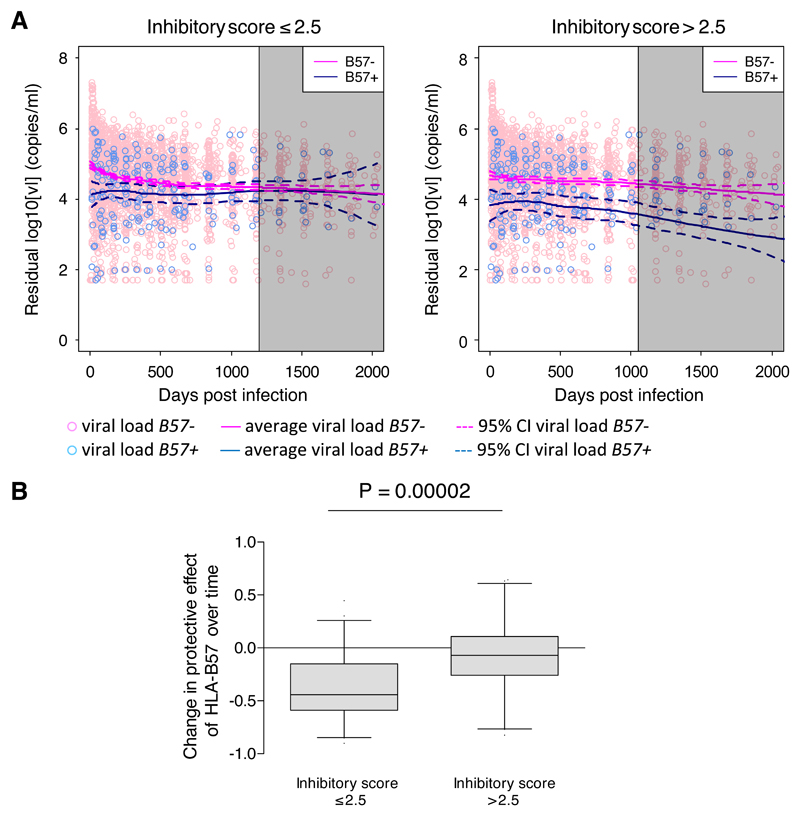Figure 2. The HLA-B*57 protective effect on viral load is maintained in the presence of a strong inhibitory KIR signal but lost in its absence.
A. The IAVI cohort was stratified into individuals with a low inhibitory score (≤2.5, left) and individuals with a high inhibitory score (>2.5, right). In each stratum, the local nonparametric regression lines (loess) were calculated from the longitudinal viral load measurements (5197 person-visits). Pink circles denote viral load measurements in HLA-B*57 – individuals; summarised with the pink loess line. Blue circles denote viral load measurements in HLA-B*57+ individuals; summarised with the blue loess line. Dashed lines are the 95% confidence intervals around the loess lines. The vertical lines denote the time at which the number of individuals in either arm fell below 10 (loess lines to the right of this time point, i.e. within the grey shaded area, are unreliable and should be ignored). Viral load is residualized for gender; plots of raw viral load are indistinguishable.
B. Bootstrap estimation of the correlation between the HLA-B*57 protective effect and time in the low (≤2.5) and high (>2.5) inhibitory score strata. Analysis was restricted to timepoints <500 days to ensure large cohort size. The protective effect of HLA-B*57 decreased significantly more rapidly in people with a low inhibitory score (P=0.00002, Wilcoxon Mann Whitney two-tailed).

